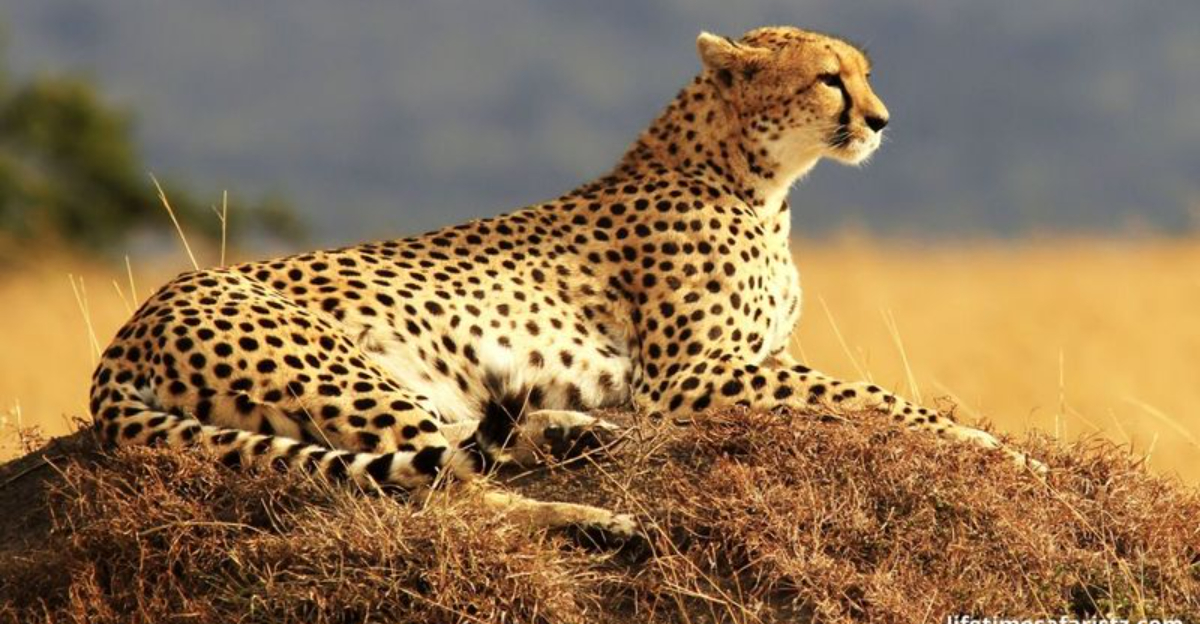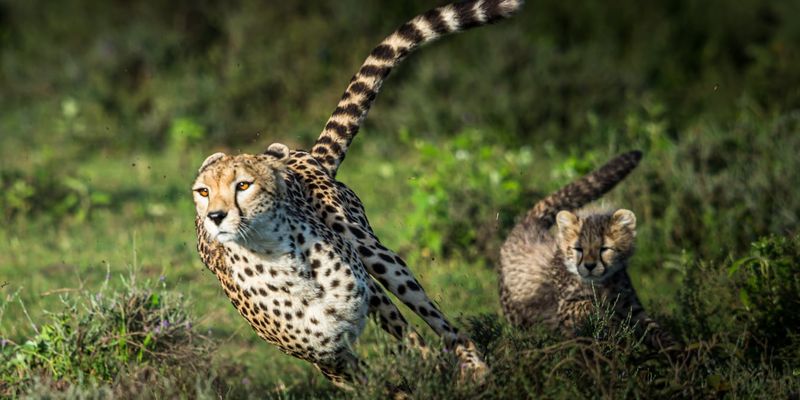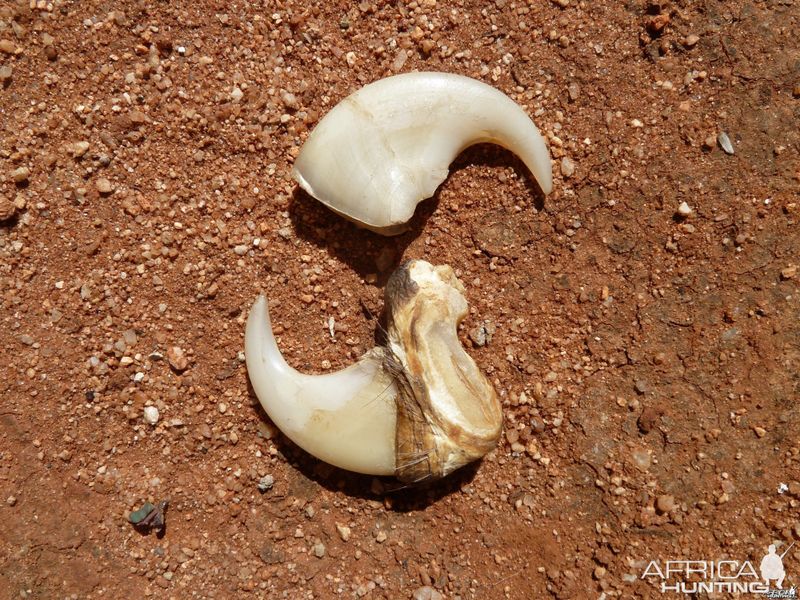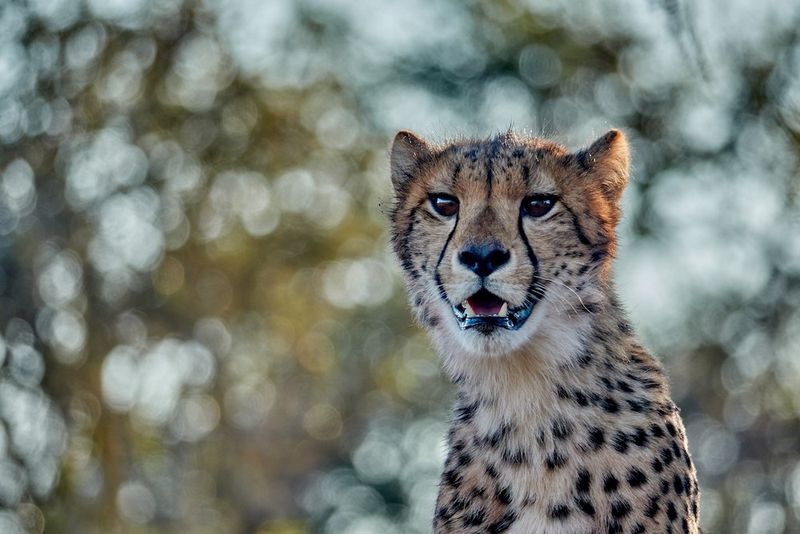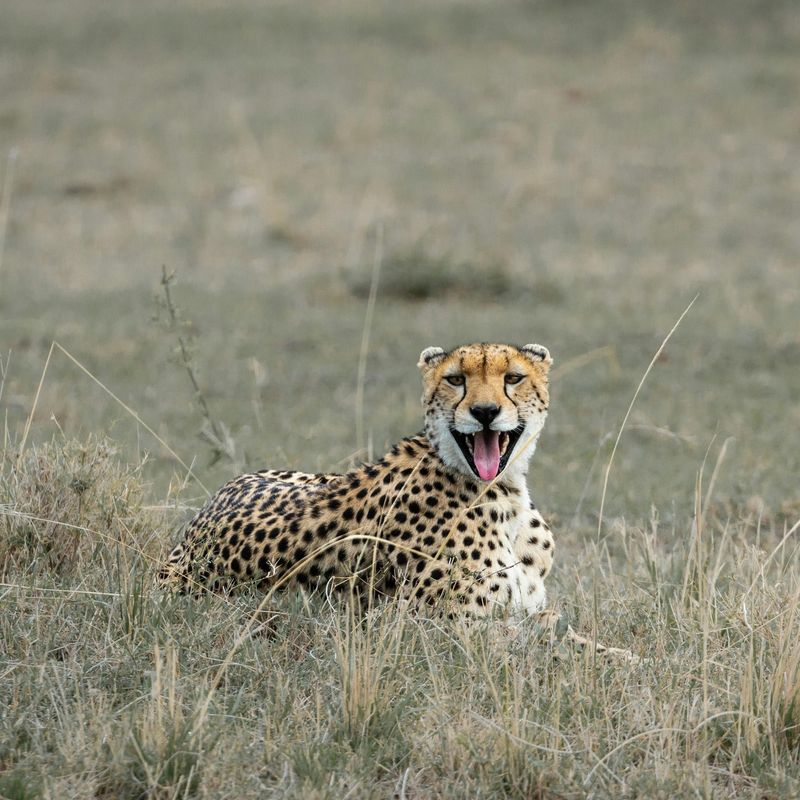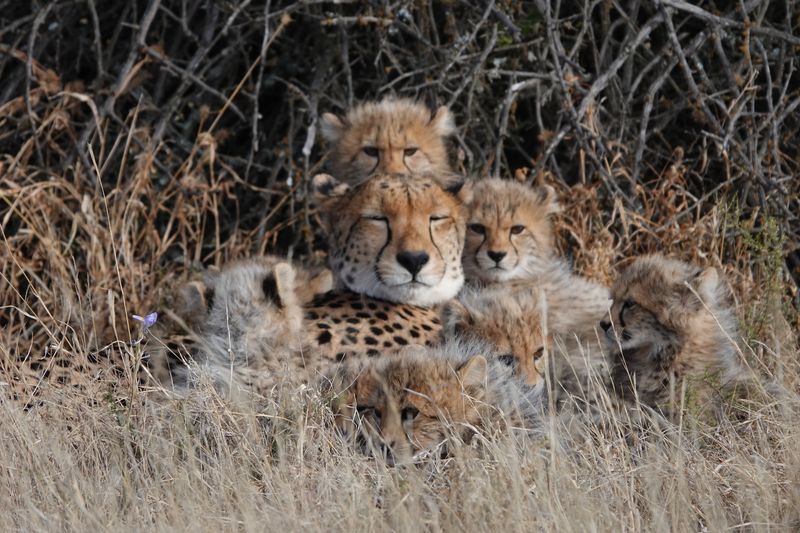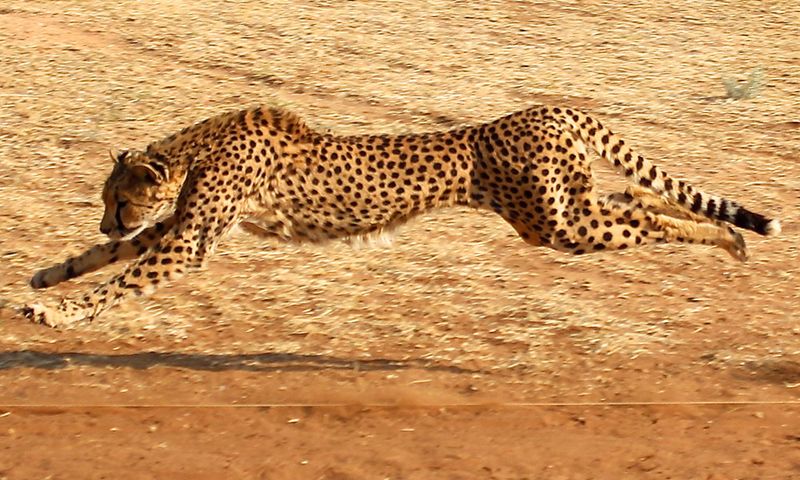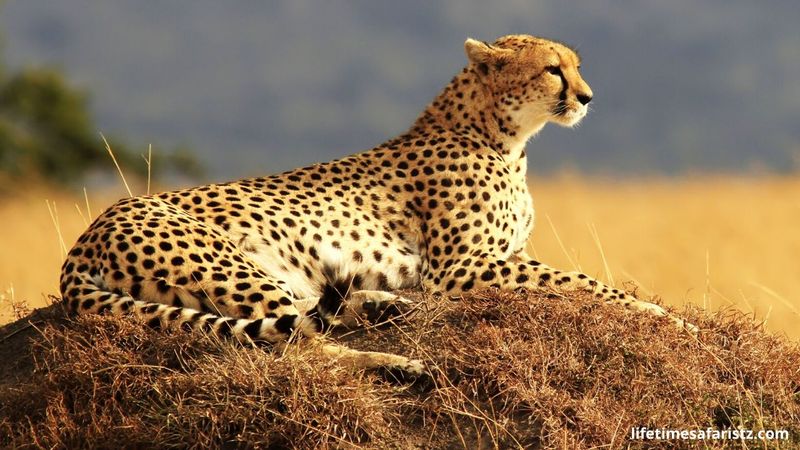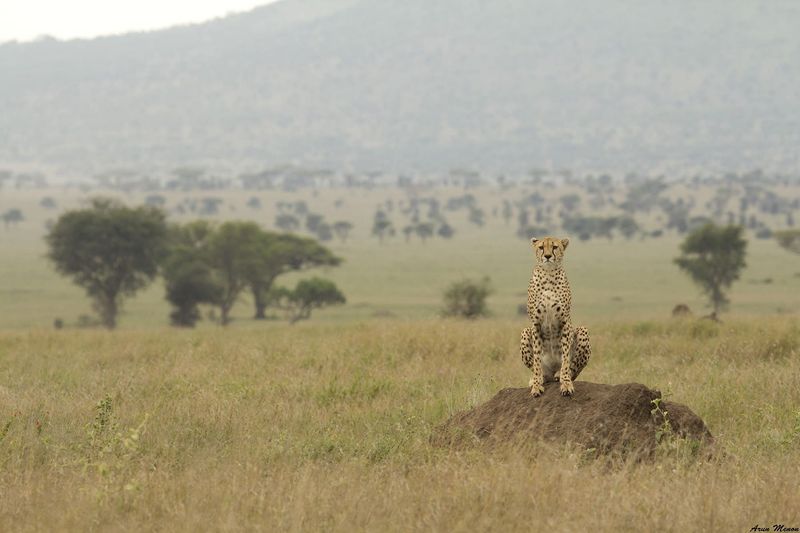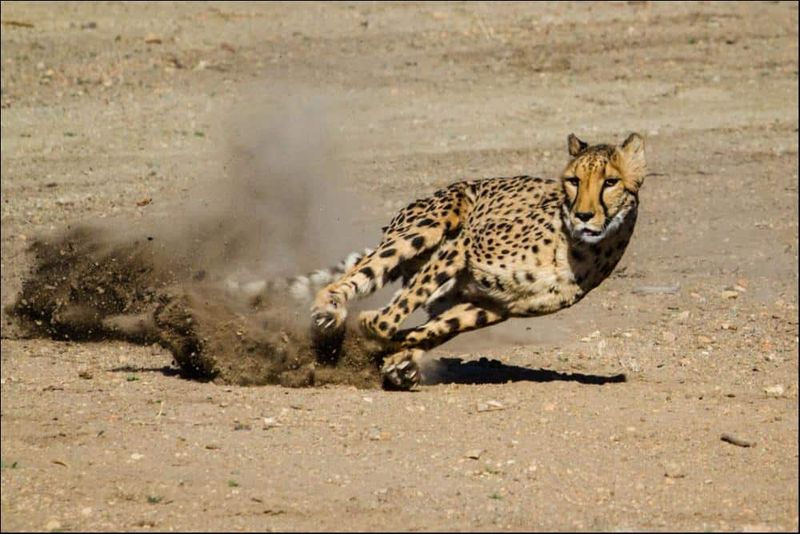📖 Table of Content:
Cheetahs have long fascinated wildlife enthusiasts and scientists alike with their breathtaking speed and graceful build. As one of nature’s most specialized predators, these sleek animals stand apart from their feline cousins not only in appearance but also in behavior, anatomy, and ecology. While often lumped together with the likes of lions, tigers, leopards, and jaguars under the “big cat” umbrella, cheetahs are a world apart in more ways than most people realize.
Despite sharing certain carnivorous traits and belonging to the Felidae family, cheetahs diverge from other big cats in crucial evolutionary aspects. Their unique adaptations have made them perfectly suited for open plains and high-speed pursuits, but also incredibly vulnerable to environmental changes and human encroachment. Recognizing these differences is vital not just for academic interest but for conservation strategies aimed at preserving the distinct species and their habitats.
This article explores ten often-overlooked differences that separate cheetahs from their more formidable feline relatives. From physical structure and hunting techniques to social behavior and vocal communication, each trait reveals how nature has carved unique niches for these majestic predators. Whether you’re a curious reader or a passionate animal lover, these insights promise to deepen your understanding of what makes the cheetah truly extraordinary among the world’s big cats.
1. Speed vs. Strength
Unquestionably, the cheetah is the fastest land animal on Earth, capable of going from zero to sixty miles per hour in just a few seconds. This explosive acceleration is enabled by their specialized spine, elongated limbs, and lightweight frame. On the contrary, most other big cats prioritize strength over speed, using brute force to overpower prey rather than outrun it. Tigers, for instance, can weigh over 600 pounds and are built for powerful leaps and crushing bites. Lions operate in groups to ambush and overwhelm targets, relying less on individual quickness and more on cooperative power. Unlike these methods, the cheetah’s approach involves high-speed chases across open terrain, ending in a tripping swipe or suffocating bite. This contrast highlights a clear evolutionary fork between sprinting agility and muscular might.
2. Claw Adaptation
Whereas most big cats boast fully retractable claws to protect their sharpness and assist in climbing or grappling prey, cheetahs possess semi-retractable claws. These function more like cleats, giving them added traction while running at high speeds. Unlike a tiger’s claws, which remain hidden until extended, a cheetah’s claws are usually visible even at rest. This unique adaptation complements their dog-like footpads and is one of the reasons they are such efficient sprinters. Additionally, their dewclaw is angled and used to hook or trip prey during the final burst. Other big cats, by contrast, rely heavily on stealth and need their claws for climbing or subduing prey in close contact. Such functional divergence in claw design is a testament to each cat’s primary hunting strategy.
3. Facial Markings
Markedly different from its peers, the cheetah has iconic dark tear stripes running from the inner corners of its eyes down to the sides of its mouth. These lines serve a purpose beyond aesthetics—they help reduce sunlight glare and enhance focus on distant prey. Other big cats like lions and leopards lack these distinctive markings, instead displaying more uniform or spotted facial patterns. While tigers have bold facial stripes, none are structured in a way that functions like the cheetah’s. These markings also assist cubs in identifying their mothers in the wild. Photographers and biologists use them to tell individual cheetahs apart due to their uniqueness. The tear marks stand as a clear symbol of the cheetah’s adaptation to the open, sunny savanna environment.
4. Vocalization
Unlike their roaring relatives, cheetahs communicate through an entirely different vocal repertoire that includes chirps, purrs, growls, and hisses. Roaring requires a specialized larynx and hyoid bone structure, which cheetahs lack. While lions can belt out thunderous roars to assert dominance or locate pride members across vast distances, cheetahs are far more subtle. Their chirping sound, for example, is often used by mothers to call their cubs. Tigers and leopards also roar, although less frequently than lions, especially in the dense forests where echoes are dampened. Cheetahs’ inability to roar further distinguishes their social and territorial behavior, as they don’t rely on vocal intimidation. This vocal uniqueness underscores their divergence even in communication methods within the big cat family.
5. Social Structure
Rarely forming large groups, cheetahs have a more solitary lifestyle than many other big cats. Female cheetahs live alone or with their cubs, while males may form small coalitions, often composed of brothers. This is in stark contrast to lions, the only truly social big cats, which live in structured prides led by a dominant male. Tigers and leopards, although solitary like cheetahs, maintain aggressively defended territories and rarely tolerate others. Cheetahs, by comparison, exhibit less territorial aggression, often sharing ranges when resources are abundant. These social tendencies influence hunting methods, mating strategies, and cub survival. The relatively flexible but minimalist social system of the cheetah sets it apart behaviorally from both the solitary and social extremes among big cats.
6. Build and Body Shape
Physically, cheetahs are built for speed, with long, lean bodies and relatively small heads. Their lightweight frames reduce drag, and their flexible spines act like springs during each galloping stride. By comparison, lions and tigers are bulkier and more muscular, designed for tackling large prey with sheer force. Leopards, though smaller, are compact and strong, enabling them to carry kills up trees. Jaguars are the most robust relative to size, with jaws strong enough to crush turtle shells. These build differences aren’t just cosmetic—they reflect deeply rooted evolutionary roles. The cheetah’s unique physique maximizes acceleration, while other big cats have physiques optimized for strength and stamina.
7. Hunting Style
Hunting strategies across big cat species differ drastically, and cheetahs stand out for their reliance on high-speed chases in open terrain. Most other big cats favor stealth and ambush, using cover and surprise to get within striking distance. Tigers may stalk through dense underbrush, and leopards silently approach from trees or thick vegetation. Cheetahs, in contrast, require a clear line of sight and time their sprint for maximum advantage. This need for open habitat makes them more vulnerable to environmental disruptions. After catching their prey, cheetahs often struggle to defend it from scavengers due to their lighter build. These contrasting hunting styles illustrate the cheetah’s unique niche as a daytime speed predator.
8. Habitat Range
Typically, cheetahs are found in the dry grasslands and open savannas of sub-Saharan Africa, environments well-suited to their visual hunting style. Unlike them, lions also prefer open landscapes but are more flexible and tolerant of denser terrain. Tigers inhabit forests and mangrove swamps across Asia, while leopards are incredibly adaptable, ranging from savannas to rainforests and even mountainous regions. Jaguars thrive in tropical rainforests and river basins in South and Central America. The cheetah’s dependence on flat, unobstructed terrain limits its global distribution and makes it more susceptible to habitat loss. These habitat preferences reflect not just ecological needs but also hunting and social behaviors. Each cat’s environment is a key to understanding its evolutionary specialization.
9. Endangerment and Genetic Diversity
Genetically, cheetahs are among the most inbred large mammals, having gone through a historic population bottleneck around 10,000 years ago. This has led to very low genetic diversity, making them particularly susceptible to disease and reproductive challenges. While other big cats also face threats from habitat destruction and poaching, they generally maintain healthier genetic pools. Lions and tigers have multiple subspecies with distinct gene pools, and conservation efforts are often focused on maintaining this diversity. Cheetah conservation is more complicated due to their fragile genetic status. Even small environmental pressures can dramatically affect their populations. As a result, the cheetah is not only endangered but genetically precarious.
10. Tail Function
During high-speed chases, a cheetah’s long, muscular tail acts as a counterbalance and steering rudder, helping it make tight turns at incredible speeds. This is crucial for chasing agile prey like gazelles, which often zigzag during escapes. Other big cats have tails that aid in balance but aren’t used in such an active, aerodynamic capacity. For instance, a leopard uses its tail for balance while navigating trees, and a lion’s tail helps with communication in groups. The cheetah’s tail also has a flattened shape and a pattern that may help stabilize it in flight. Its utility in mid-chase steering is more sophisticated than anything seen in other big cats. This adaptation again emphasizes the cheetah’s singular focus on speed and precision in open terrain.
